Complete the following :
a. 
b. 
c. 
Video Solution
Text Solution
a. Two (−OH) groups are on the same plane.
Therefore, reagent I or II can used.

b. Two(−OH) groups are on the opposite plane.
Therefore, any reagent III to IV can be used.
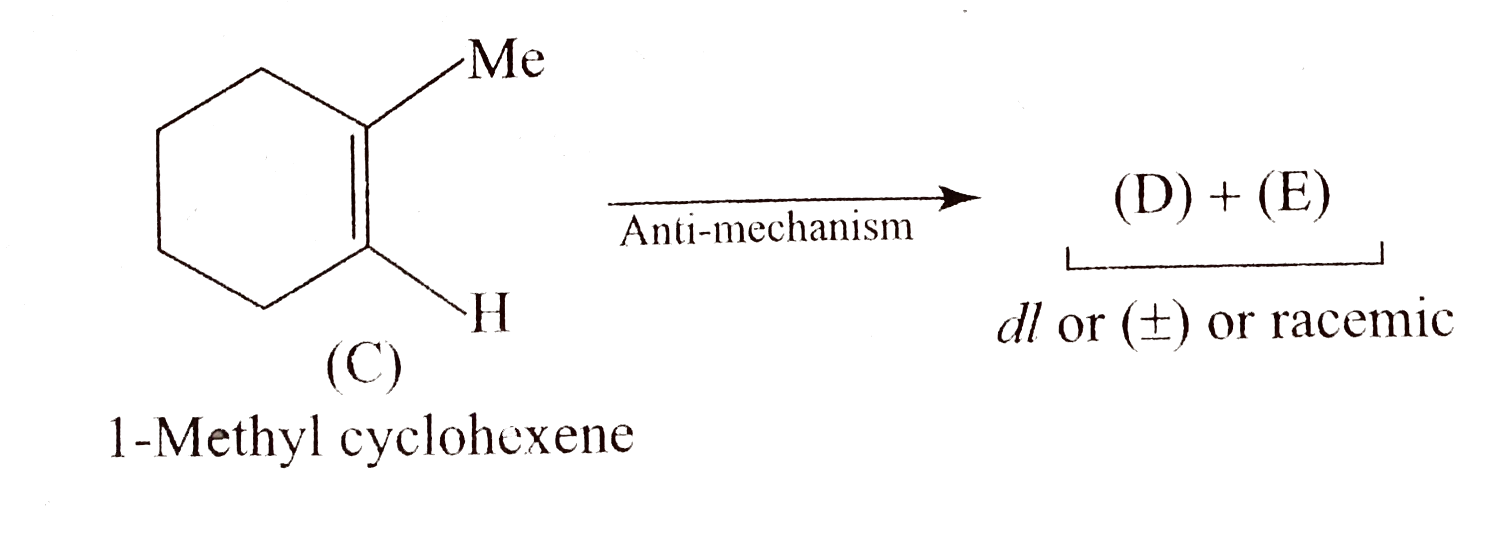
c. Two (−OH) groups are on the same plane. ltbr> Therefore, reagent I or II can be used.

|
Topper's Solved these Questions
- ALKENES AND ALKADIENESBOOK - CENGAGE CHEMISTRYCHAPTER - ALKENES AND ALKADIENESEXERCISE - SOLVED Example
62 Videos
- ALKENES AND ALKADIENESBOOK - CENGAGE CHEMISTRYCHAPTER - ALKENES AND ALKADIENESEXERCISE - EXERCISES
29 Videos
- ALKANES AND CYCLOALKANESBOOK - CENGAGE CHEMISTRYCHAPTER - ALKANES AND CYCLOALKANESEXERCISE - Archives
13 Videos
- ALKYNESBOOK - CENGAGE CHEMISTRYCHAPTER - ALKYNESEXERCISE - Exercises (Archives - Analytical and Desriptive Type)
4 Videos
Similar Questions
Complete the following:

b.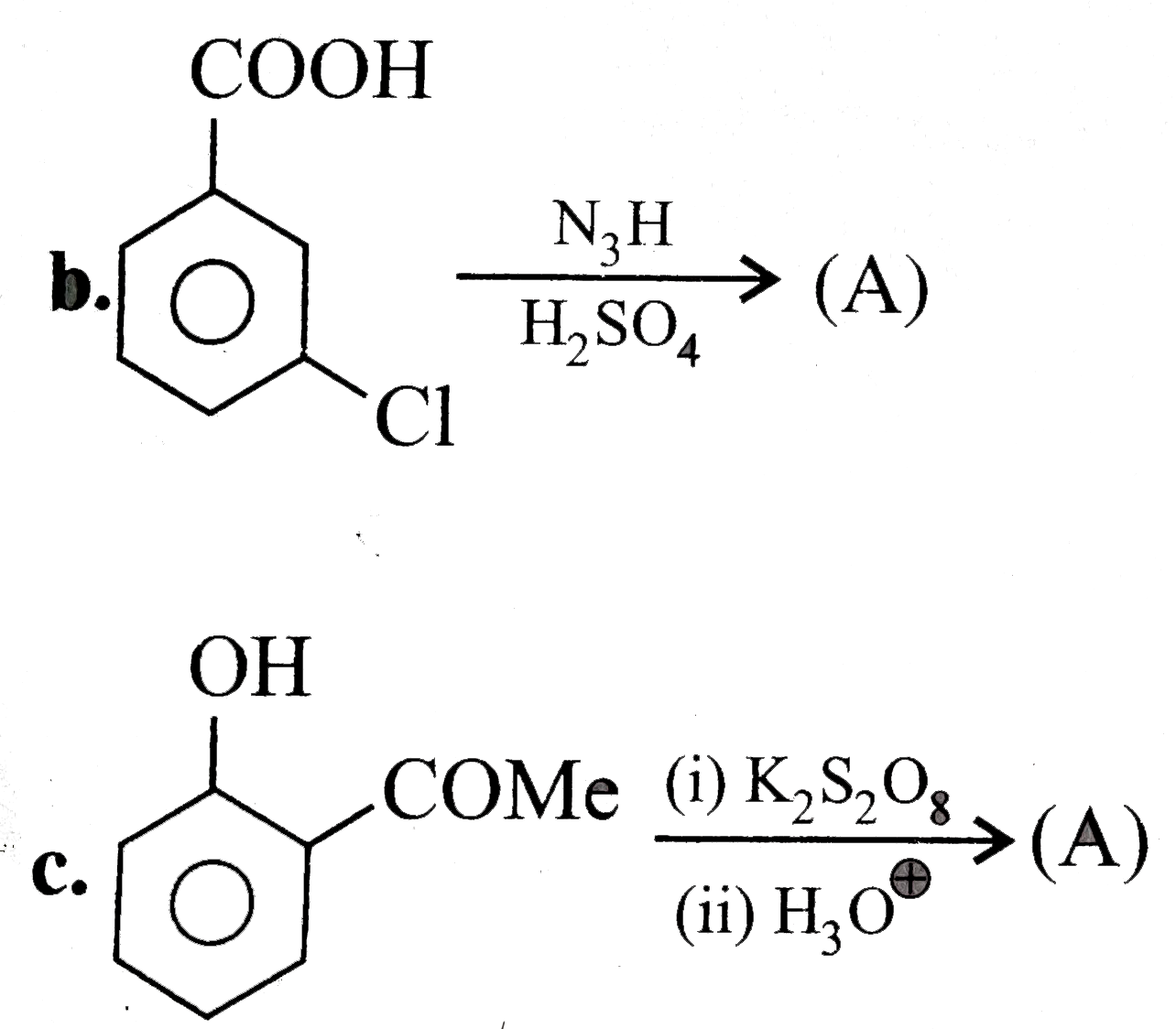
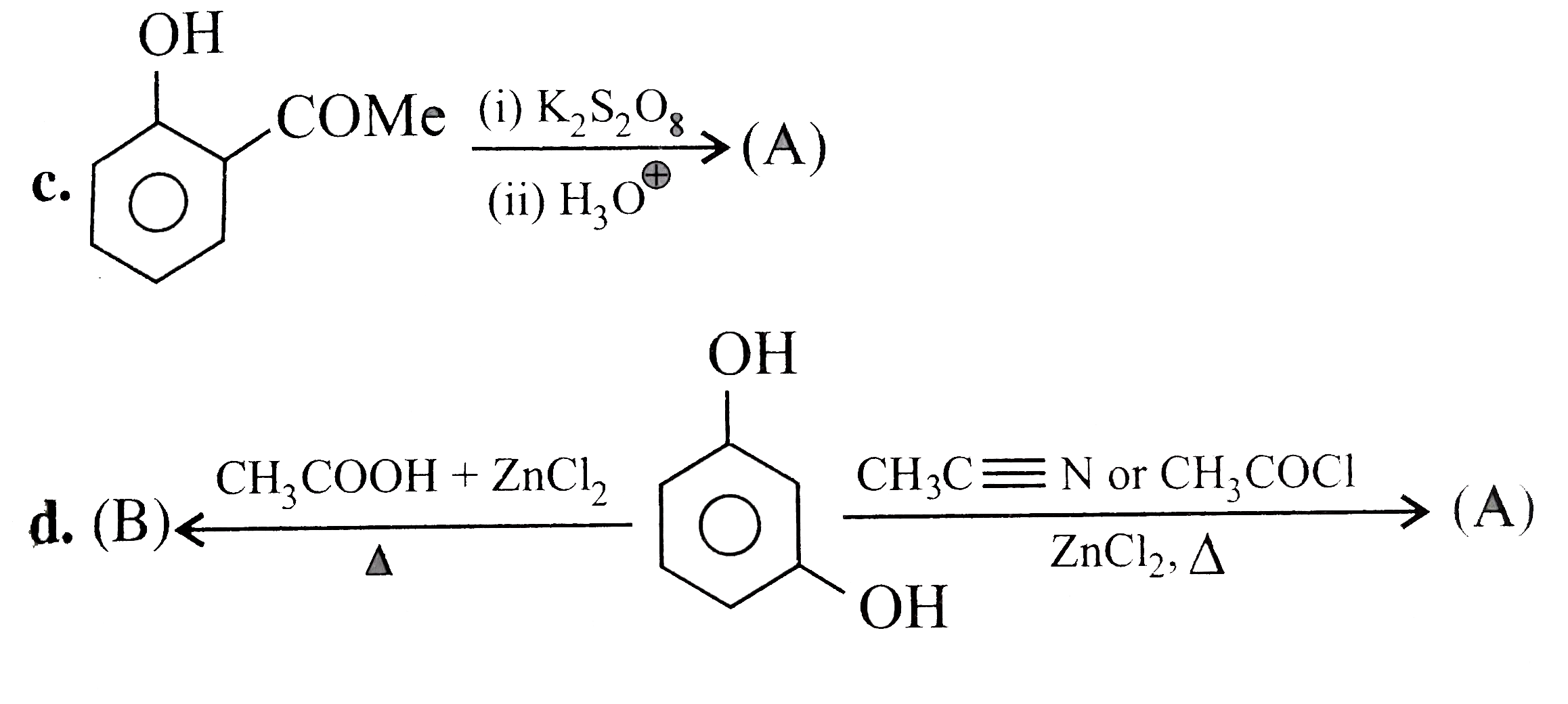
View SolutionComplete the following reactions:
a.
b.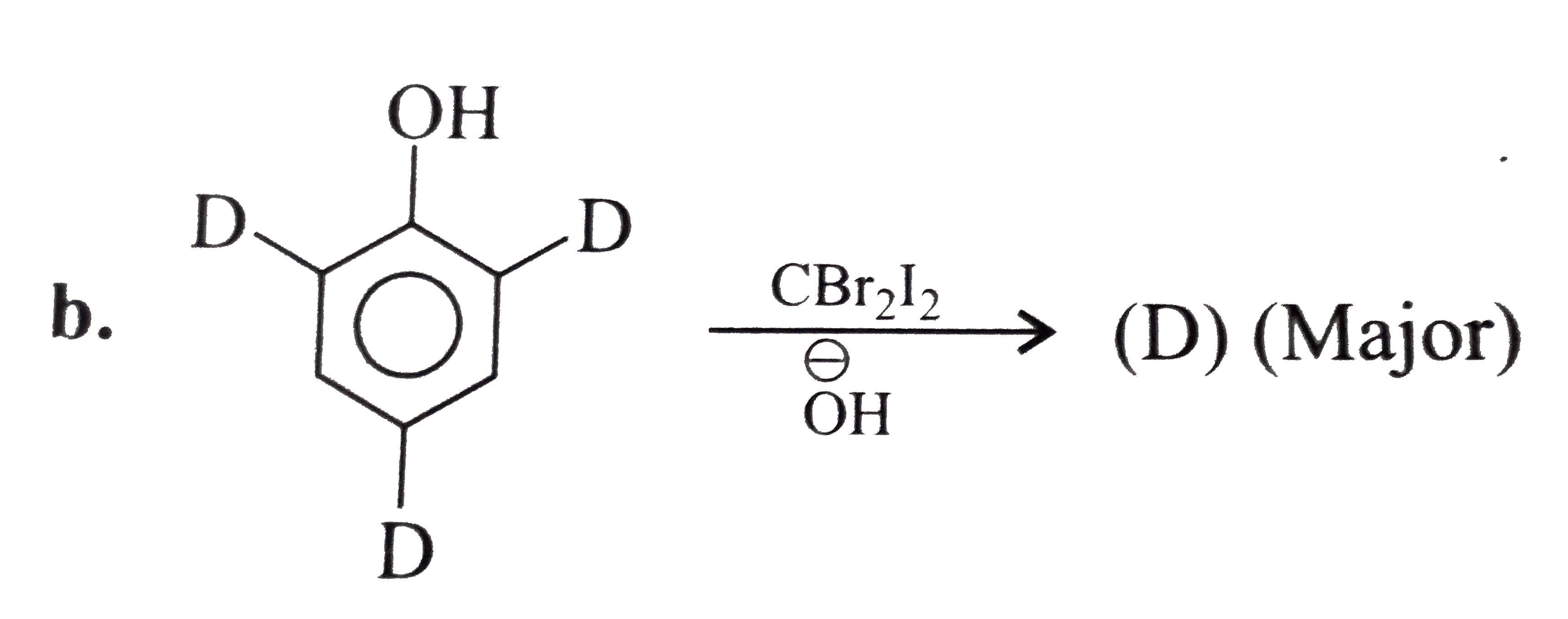
c.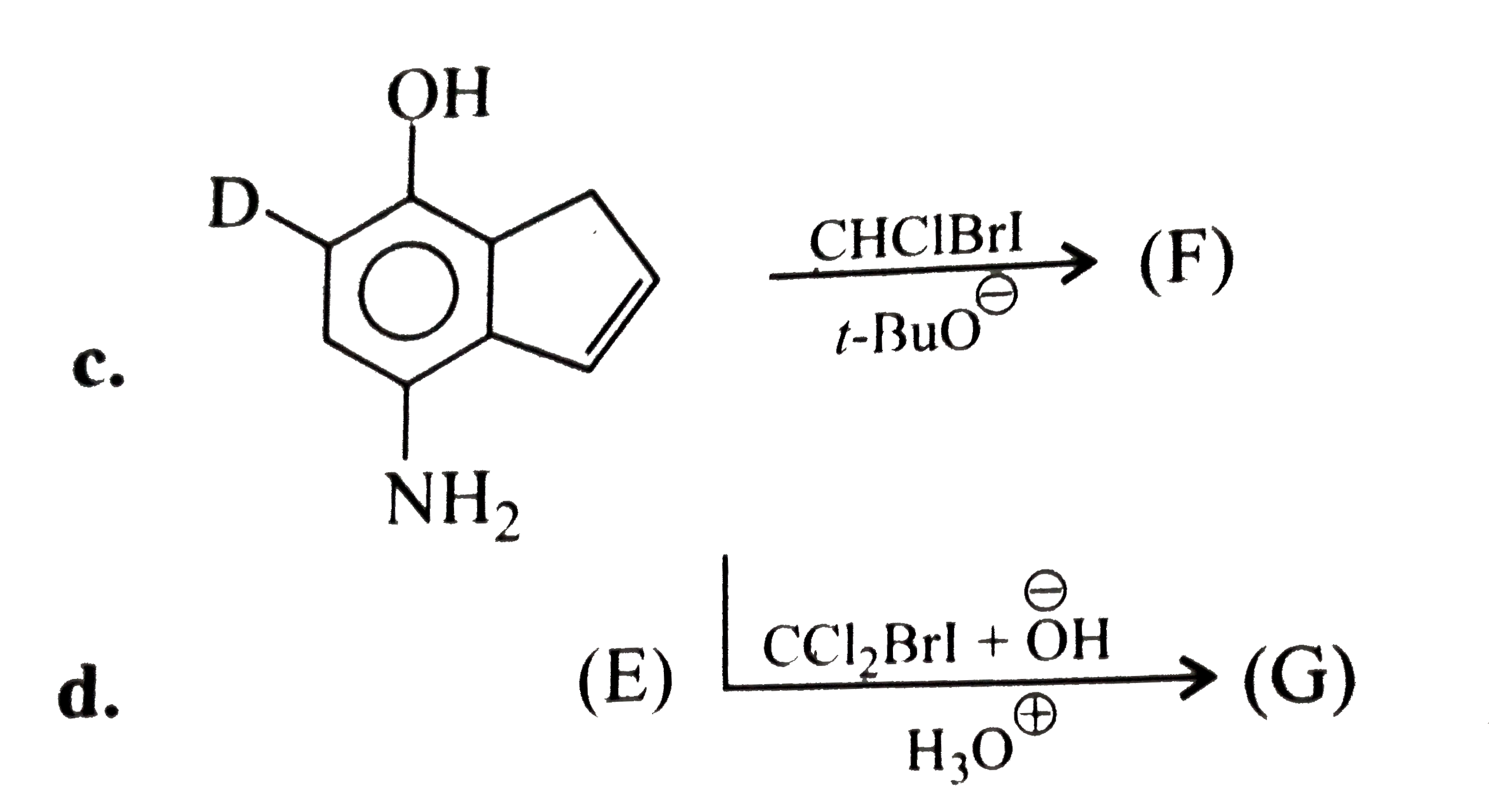
View SolutionComplete the following reactions:
a.
b.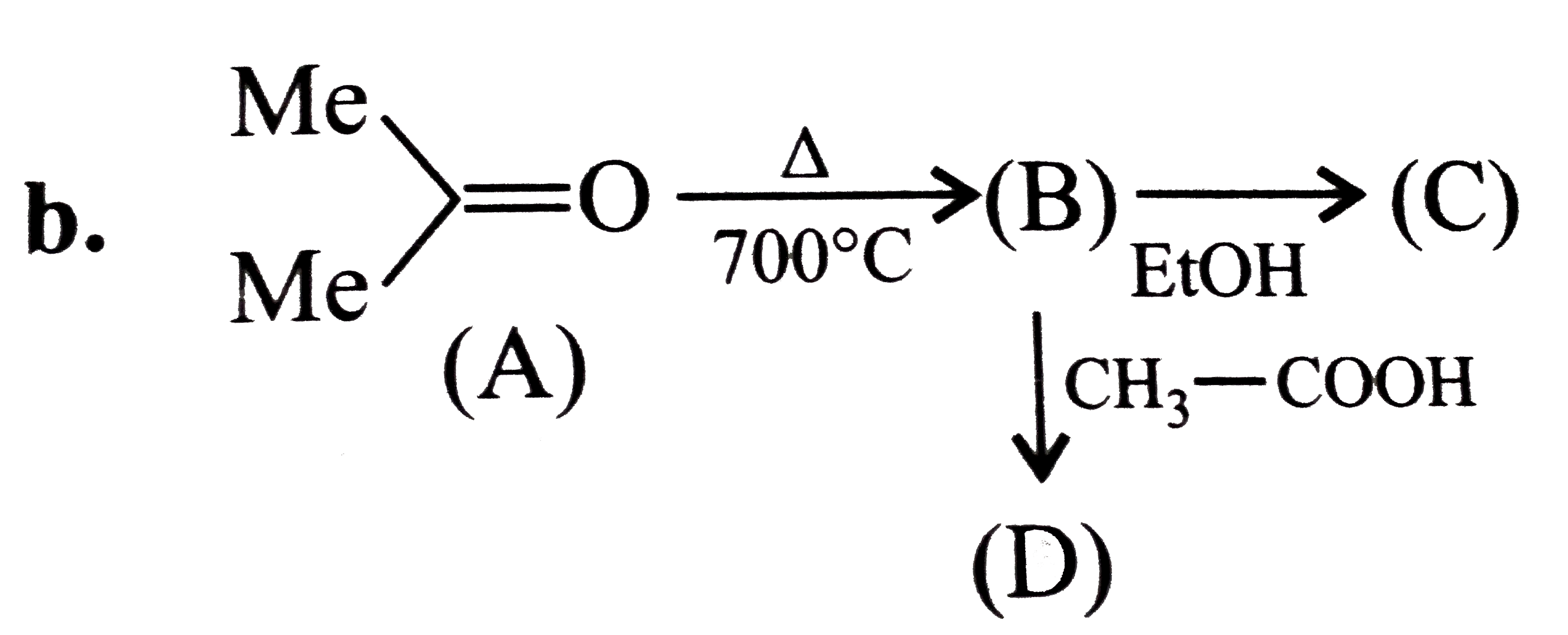
c.
View SolutionComplete the following reactions:
a.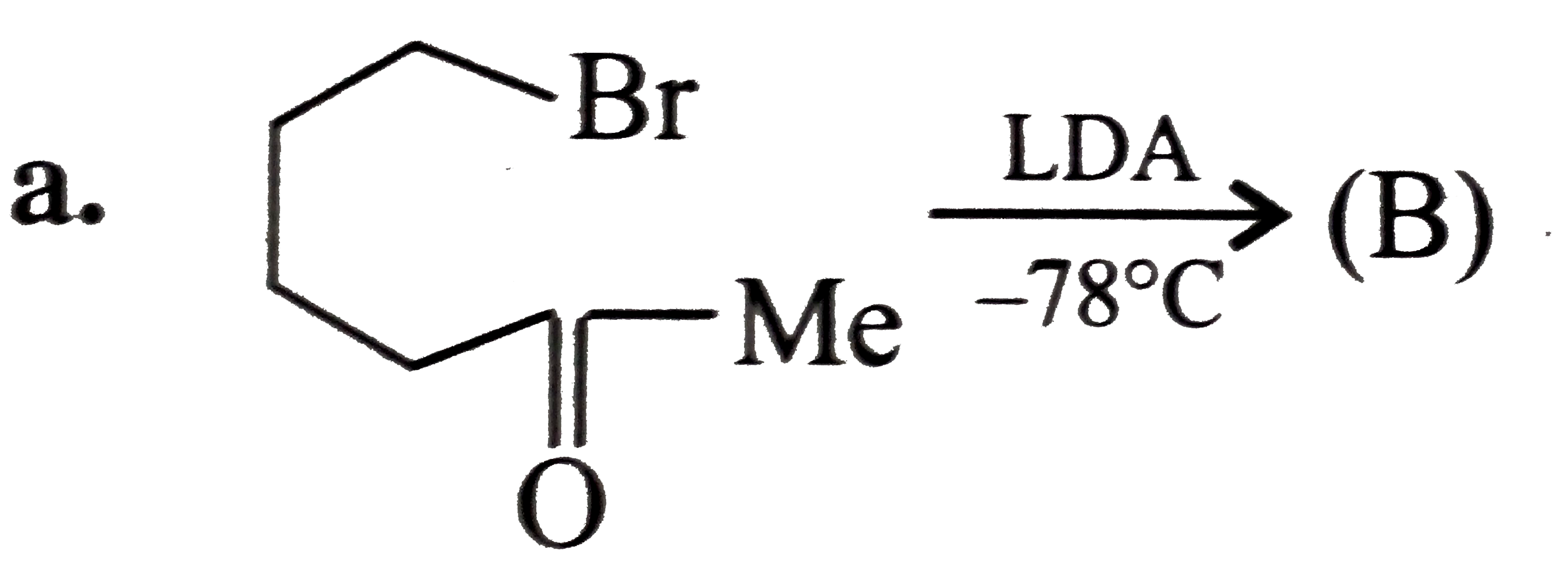
b.
c.
View SolutionComplete the following reactions :
a.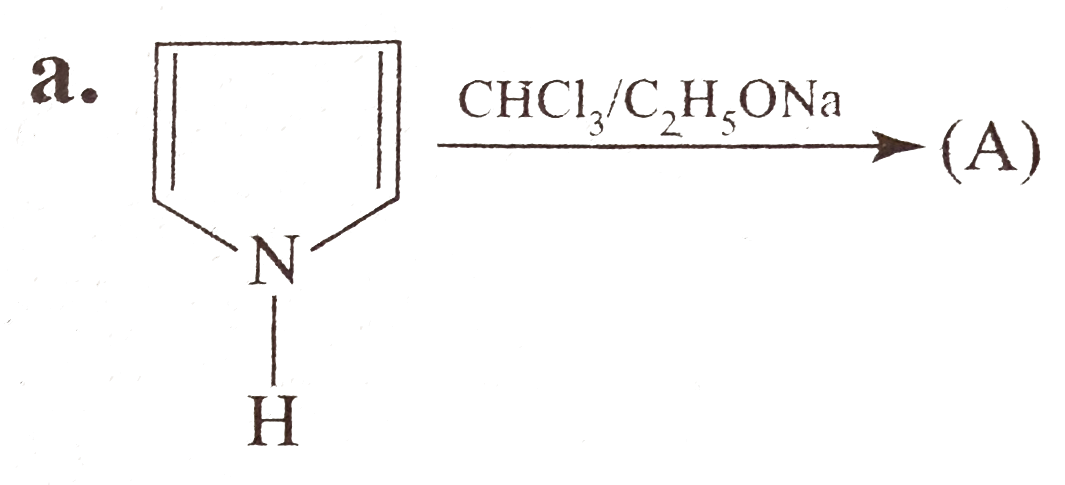 , b.
, b. 
c.
d. CH2=C=CH2+CH2I2+Zn/Cu→(A)
e. CH2=CH−CH=CH2+CH2N2hv−−→
f.
g.
h.
View SolutionComplete the following reactions:
a.
b.
c.
d.
View SolutionComplete the following reactions:
a.
b.
c.
d.
e.
View SolutionComplete the following reactions:
a.
b.
c.
d.
View SolutionComplete the following reactions:
a.
b.
c.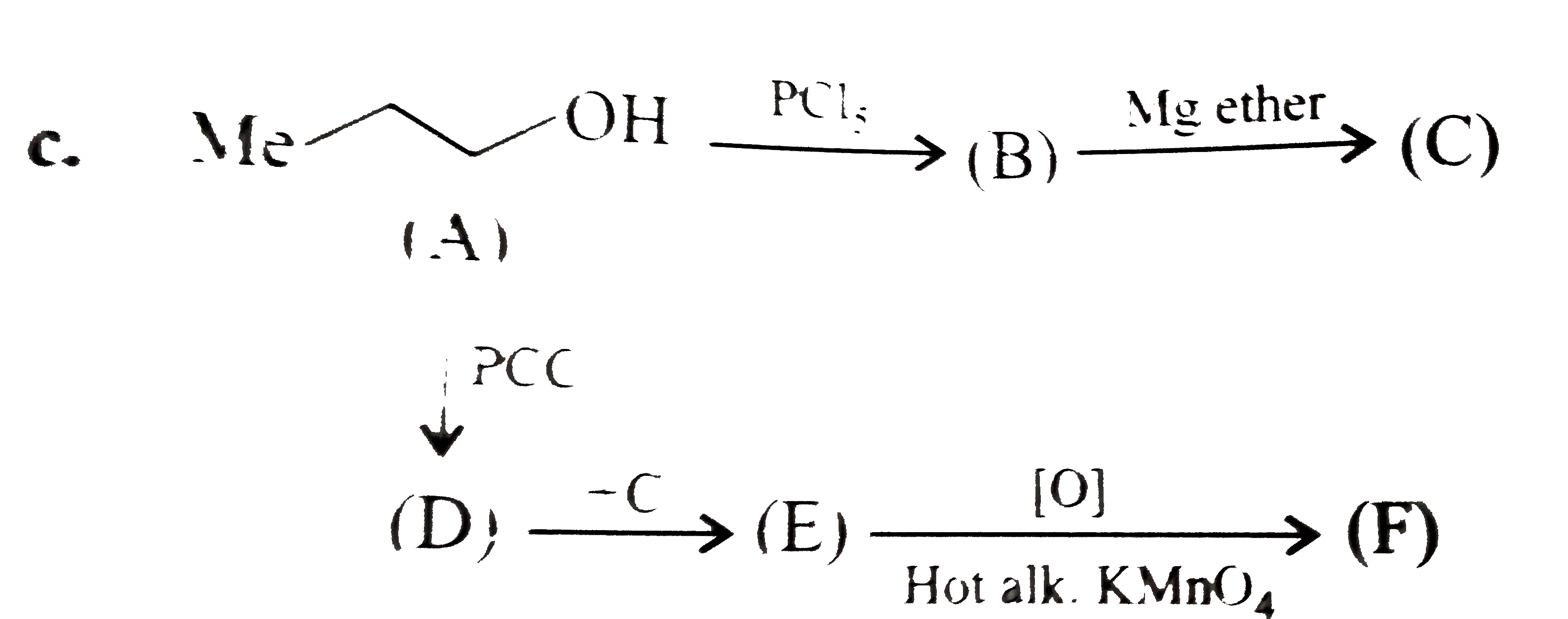
d.
e.
f.
g.
View SolutionComplete the following reactions:
a.
b.
c.
d.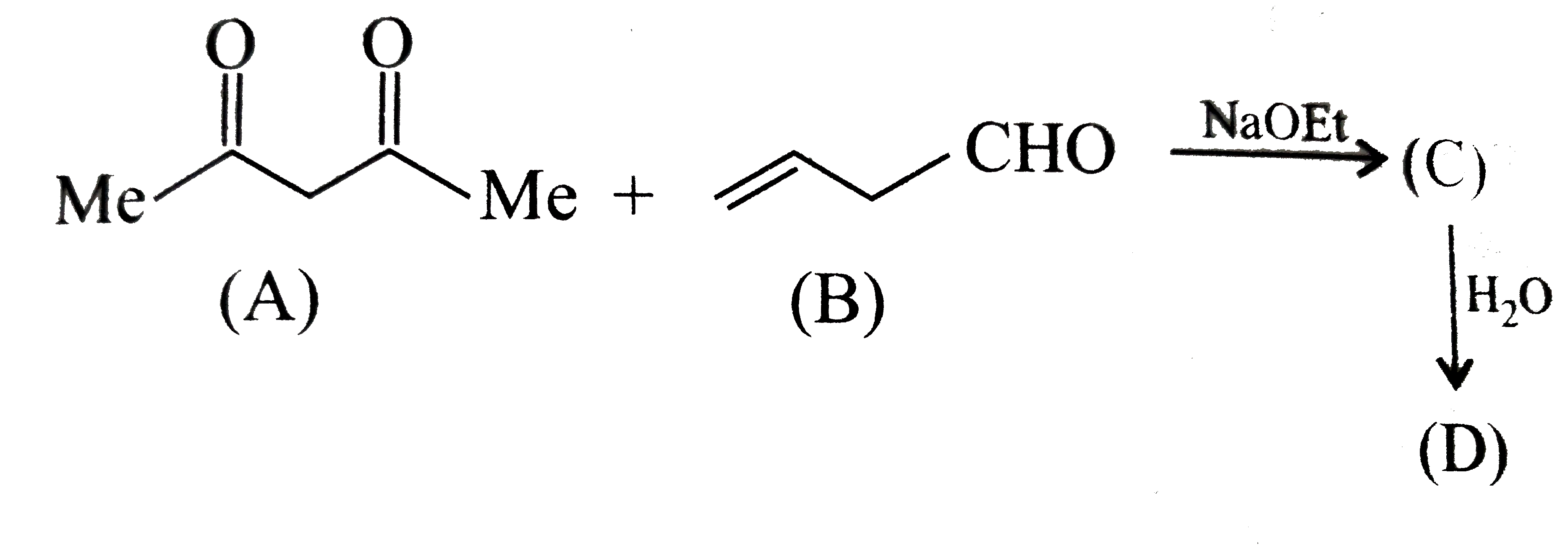
e.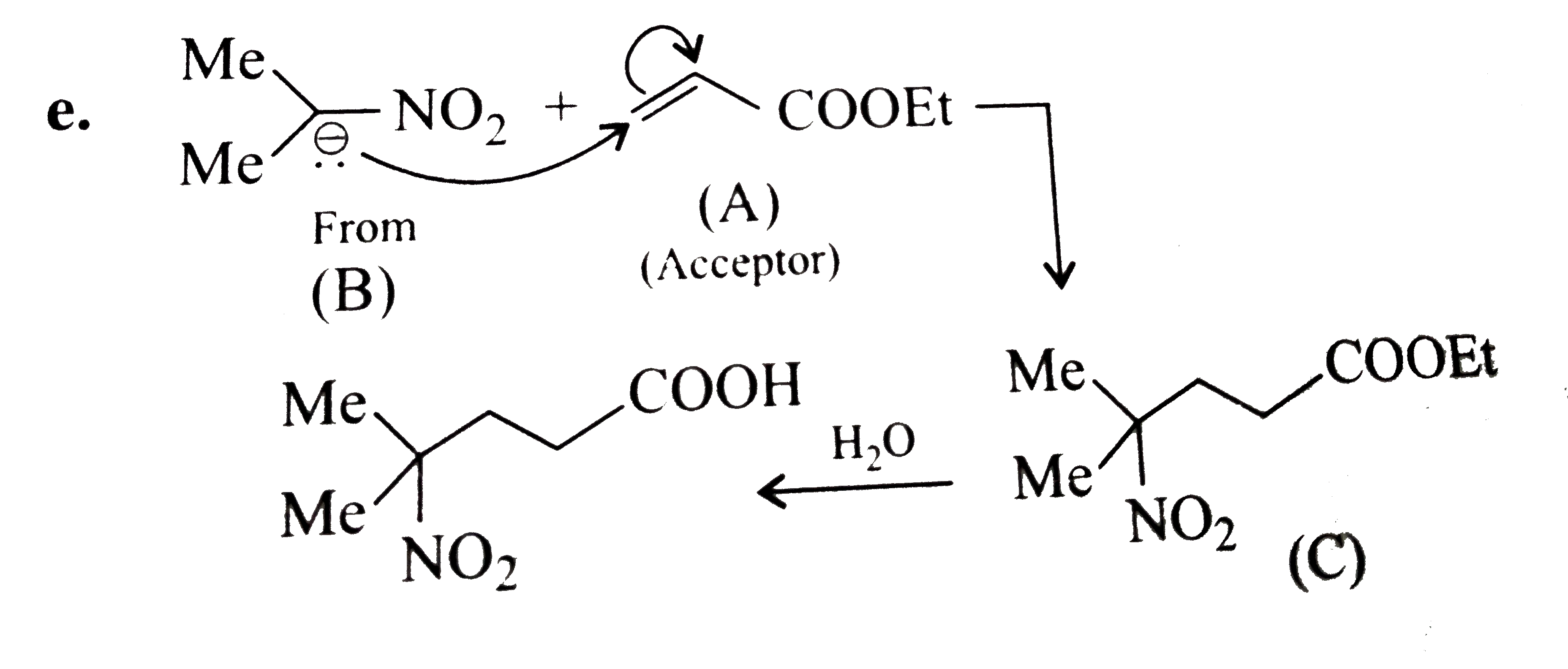
f.
g.
View Solution
